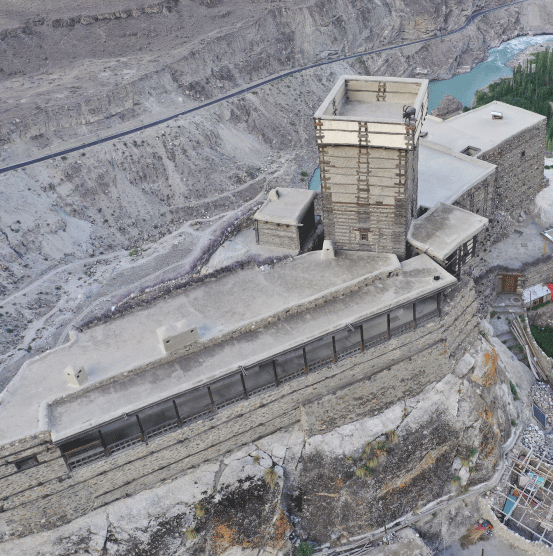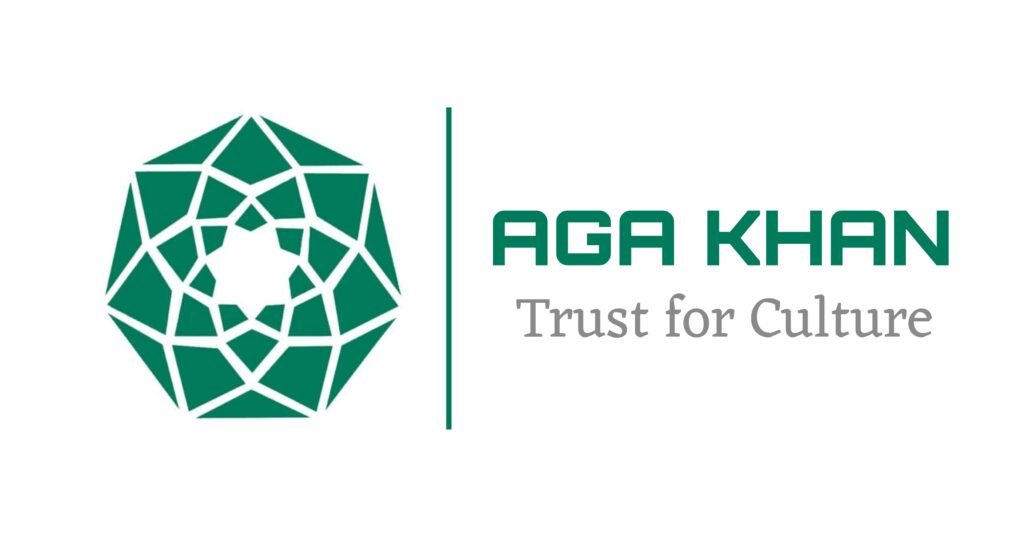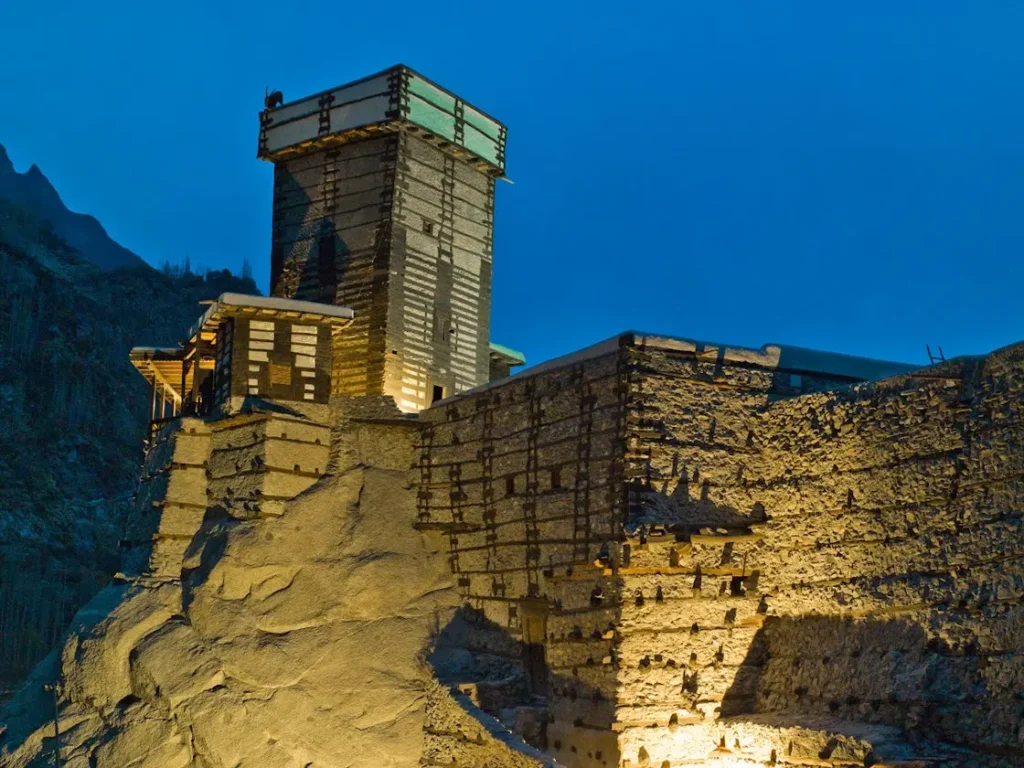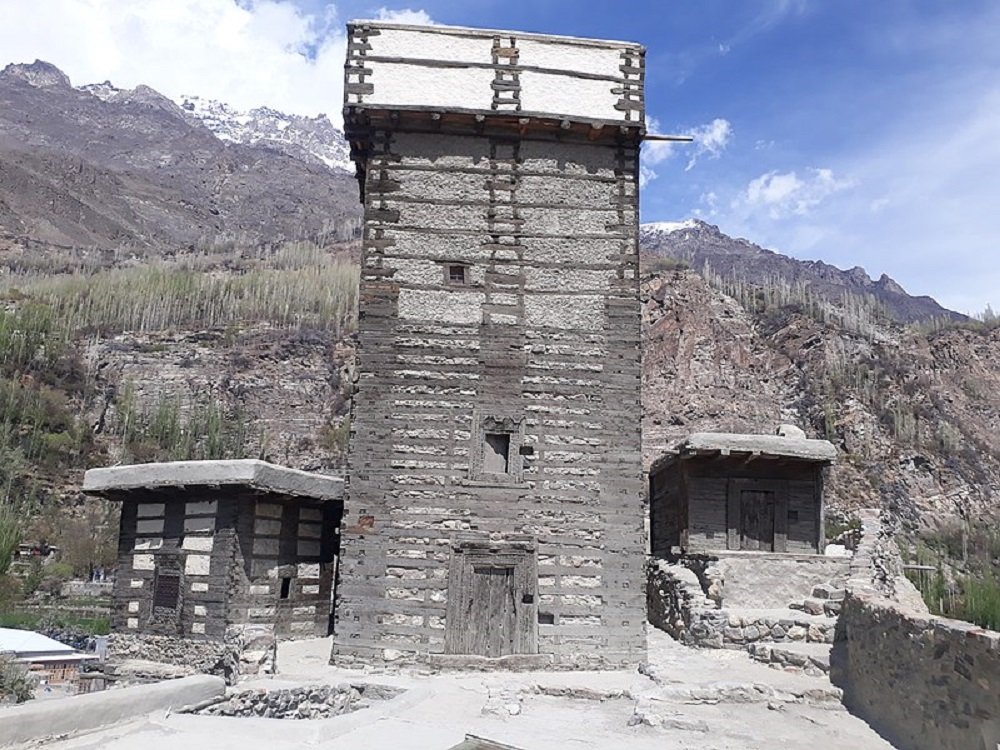Step inside one of the oldest forts in Gilgit-Baltistan and experience the heritage, stories, and breathtaking views
Altit Fort stands as the oldest monument in the Hunza Valley, a testament to the architectural prowess and strategic vision of ancient mountain kingdoms.

Altit, a village located at the foot of the 1100-year-old Altit Fort, had been partially deserted by its residents. Nearly a third of the homes had been abandoned, and new construction was using up valuable arable land. To address this and pre-empt the socio-economic consequences expected from a tourism boom, we undertook the village rehabilitation before the Fort. Introducing water and sanitation facilities has proven vital to the revitalisation of the traditional settlement.
We have kept the Fort as an empty shell. This shows off the resilient traditional engineering techniques that have allowed such structures to cope with tremors in a fairly active seismic zone. Most conservation works relate to mending structural defects, stabilising and repairing existing walls, replacing some roofs, treating wood decay and providing appropriate lighting.
Altit Fort is open to visitors, while its splendid undulating garden is a welcoming haven of tranquillity and nature. The KhaBasi Café situated in the garden re-uses the Mir (Ruler)’s colonial era winter residence and serves local traditional dishes. Entrance fees are charged for both the Fort and the rehabilitated historic village. A portion goes to the Altit Town Management Society, which also collects fees for sanitation and water services from the community for operation and maintenance of these services.
Following its completion in 2010, Altit Fort was recognised with the UNESCO Asia-Pacific Award of Distinction in 2011.

After decades of abandonment following the last Mir’s departure in 1945, Altit Fort faced the threat of collapse. The Aga Khan Trust for Culture underlook a meticulous restoration project form 2004 to 2007, bringing this architectural marvel back to life.
The restoration not only preserved the fort’s historical integrity but also transformed it into a world-class cultural center, ensuring that future generations can experience the rich heritage of the Hunza Valley.

Built by local craftsmen with support from Balti artisans, making it one of the oldest forts in Gilgit-Baltistan.
Initially served as a stronghold and residence for the rulers of Hunza (the Mirs).

Altit Fort was the main royal residence before Baltit Fort was constructed.
It became a center for administration and defense against external threats.

The ruling family moved their seat to nearby Baltit Fort, leaving Altit as a secondary residence and watchtower.

After decades of neglect, the fort deteriorated, with parts of its structure collapsing.

Trustindex verifies that the original source of the review is Google. Loved it. Altit fort is beautiful with a great history. People are friendly, warm and welcoming.Trustindex verifies that the original source of the review is Google. 【パキスタンのフンザ・カリマバードにあるアルティット城】 フンザは1974年まで続いていたフンザ藩王国していた地域。 都があったカリマバードにあるアルティット城は1974年まで藩王が住んでいたお城です。 高い場所に築城しているので、眼下に川やカラコルムハイウェイを見ることが出来ますし、美しい山々の景色を堪能することが出来ます。 ちなみに王族はこの城を寄付し、現在もフンザで生活しているようです。 ※NikonのフラッグシップミラーレスカメラZ9で撮影 使用レンズはF2.8 24‐70㎜のレンズTrustindex verifies that the original source of the review is Google. A must visit place in Hunza.
| Monday | 9:00 AM — 5:00 PM |
| Tuesday | 9:00 AM — 5:00 PM |
| Wednesday | 9:00 AM — 5:00 PM |
| Thursday | 9:00 AM — 5:00 PM |
| Friday | 9:00 AM — 5:00 PM |
| Saturday | 9:00 AM — 5:00 PM |
| Sunday | 9:00 AM — 5:00 PM |